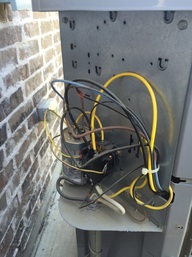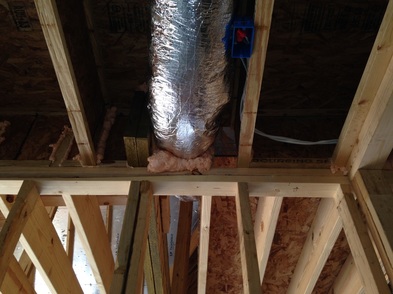You know what it means when the Spring rolls around.
Yes, it means you will be using your air conditioner soon. You will be setting your thermostat to Auto, Cool, and turning off the heat. Most people choose temperatures between 70 and 78 degrees in their house or business.
Make sure and have your air conditioner inspected before it gets to be the hot months of July and August. You might be having an emergency visit if you forget to have the inspection completed in the Spring. Even if your air conditioner seems to be operating at full capacity all summer long without having an inspection, it may not be running efficiently. The problems may creep up on you in the future and cause more costly repairs.
Performing the Air Conditioner Inspection
Always make sure that your HVAC contractor performs your air conditioning inspection properly. Believe it or not, there is a right and wrong way to do this. There are many procedures to look for in the inspection. Make sure your contractor cleans the coil for sure. Also, he should flush the drain line and check the compressor amp draw. These must be done at least once a year for a proper maintenance inspection.
Air Conditioning inspection and maintenance will ensure your system runs as efficiently as possible. As with any piece of mechanical equipment, proper maintenance is needed to ensure longevity and trouble-free operation for your HVAC unit. Continued proper maintenance is required by all manufacturers to protect their warranty. Keeping up with ongoing maintenance and AC tune-ups helps to avoid system failure during severe hot and cold weather when you need your unit the most. Proper maintenance also aids in energy efficiency and helps to keep your monthly bill from spiraling out of control.

- All HVAC manufacturers require yearly maintenance to maintain standard warranties and extended warranties.
- We recommend an inspection of your systems in the spring.
Items to Consider for Proper Continued Maintenance:
- Outdoor Units
- Inspect unit for proper refrigerant level
- Regularly remove dirt, leaves, and any debris from inside and around the cabinet
- Inspect base pan for obstructed drain openings and remove restrictions as necessary
- Inspect and clean coil and cabinet when needed
- Inspect fan motor and fan blades for wear and damage
- Lubricate fan motor when necessary
- Inspect control box, wiring, and connections for wear or damage
- Inspect compressor and associated tubing for damage
- Indoor Units
- Inspect and regularly clean blower assembly
- Lubricate motor and inspect and replace fan belt when needed
- Check combustion blower housing for lint and debris and clean as necessary
- Inspect and clean the evaporator coil, drain pan, and condensate drain lines when needed
- For gas furnaces, inspect for gas leaks
- Inspect burner assembly—clean and adjust as necessary
- Inspect clean and adjust the ignition system and safety controls
- Inspect heat exchanger or heating elements
- Inspect flue system for proper attachment to the furnace, any dislocated sections, and signs of corrosion.
- Inspect control box, associated controls, wiring, and connections for wear or damage
- Clean or replace air filters
- Inspect conditioned airflow system (ductwork)
